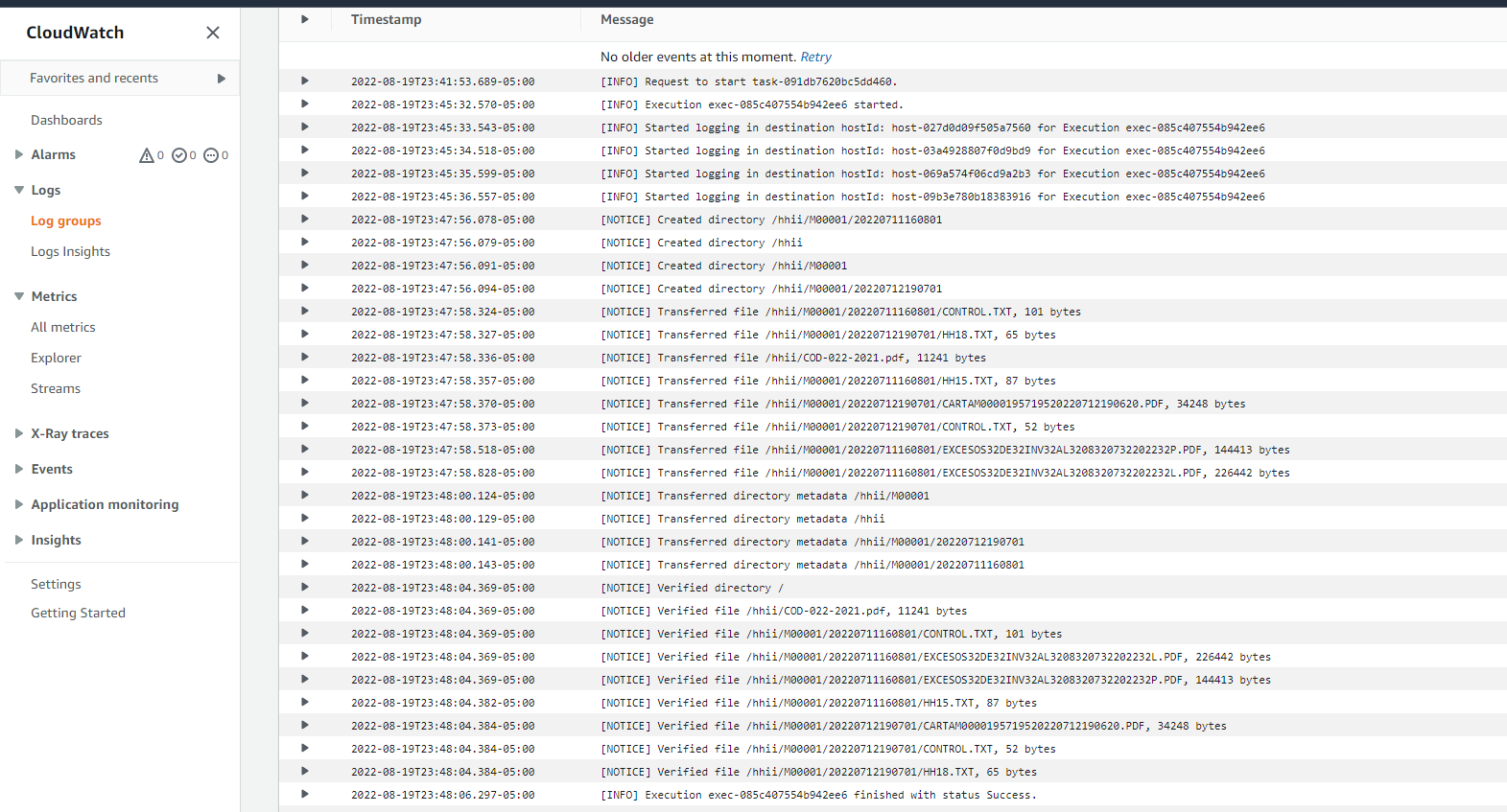1개 답변
- 최신
- 최다 투표
- 가장 많은 댓글
0
Hello,
When DataSync is targeting an S3 source or destination location the service does need to make API calls such a LIST to scan for changes to objects in the bucket. These API calls are part of request charges to S3 as outlined by storage class. https://aws.amazon.com/s3/pricing/
Even when there are no files transferred the DataSync task needs to list the contents of the bucket to inventory and determine what objects need to be transferred. This is noted under additional charges here: https://aws.amazon.com/datasync/pricing/
답변함 2년 전

